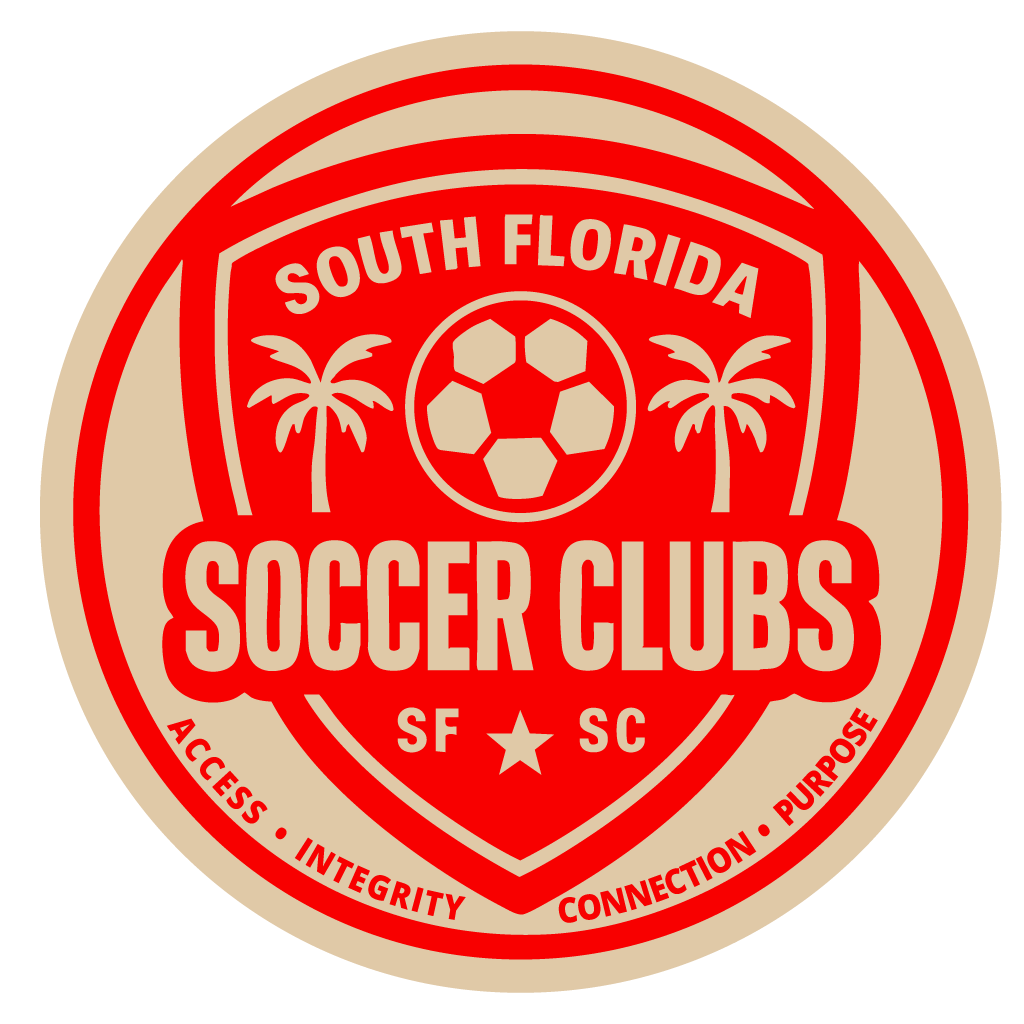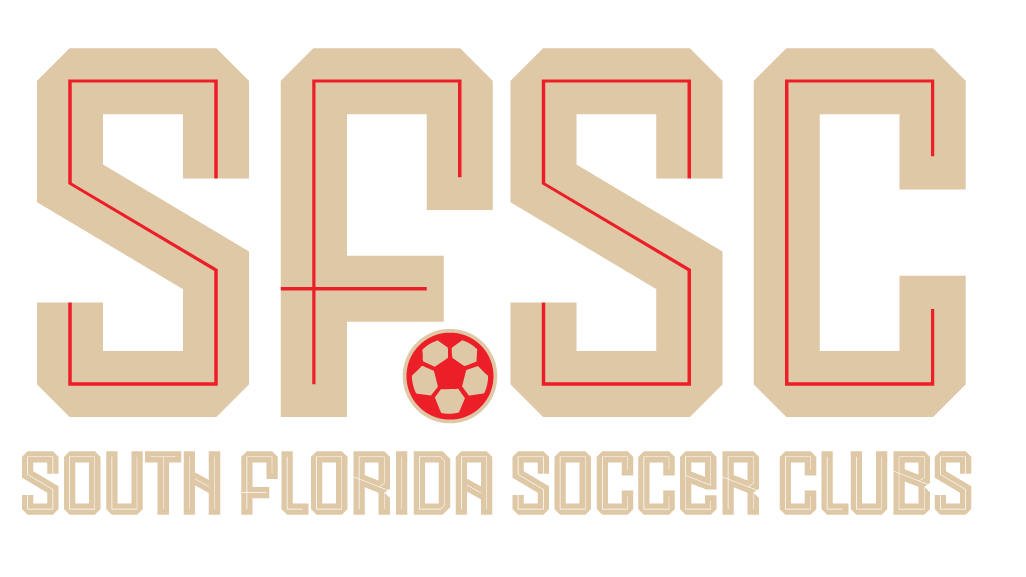First Aid for Common Youth Soccer Injuries
Youth soccer is fast-paced and fun, but bumps and bruises come with the territory. Being prepared on the sidelines helps ensure young players are safe and supported in those first crucial moments after an injury.
Below is a general guide on how to respond to the most common injuries that may occur during practices or matches.
⚠️ Disclaimer:
This information is for general awareness and educational purposes only. It is not intended to replace professional medical advice, diagnosis, or treatment. Always seek the advice of a qualified healthcare provider for any medical concern or emergency. In the case of serious injuries, call emergency services immediately.
First Aid Essentials
Youth soccer is an exhilarating sport, but it can also lead to common injuries. Knowing how to respond quickly and effectively can make all the difference. Here’s a guide to help parents manage first aid for common youth soccer injuries, ensuring your young athletes stay safe and healthy on the field!
Sprains (Ankle, Knee, Wrist)
Cause: Twisting, awkward landings, or contact
Signs: Swelling, bruising, pain, limited mobility
What to Do (R.I.C.E.):
- Rest: Stop all play immediately
- Ice: Apply ice wrapped in cloth for 15–20 minutes
- Compression: Wrap with an elastic bandage (not too tight)
- Elevation: Raise the injured area above heart level
Muscle Strains (Hamstring, Calf, Groin)
Cause: Sudden sprinting, overstretching
Signs: Sharp pain, stiffness, difficulty moving
What to Do:
- Stop activity immediately
- Apply ice
- Light stretching only after initial pain decreases
- Do not return to play without clearance from a medical professional
Bruises (Contusions)
Cause: Impact with ball, ground, or another player
Signs: Discoloration, tenderness, swelling
What to Do:
- Apply a cold pack
- Elevate if needed
- Monitor for signs of more serious damage
Cuts & Scrapes (Abrasions)
Cause: Falls or cleat contact
Signs: Bleeding, raw skin, visible dirt or debris
What to Do:
- Rinse with clean water or sterile saline
- Gently remove dirt/debris
- Apply antiseptic
- Cover with a clean bandage
- Avoid hydrogen peroxide or alcohol—they may delay healing
Nosebleeds
Cause: Head/facial impact or dry air
Signs: Visible bleeding from one or both nostrils
What to Do:
- Sit the player upright and lean slightly forward
- Pinch nostrils together for 10 minutes
- Apply a cold compress to the bridge of the nose
- Seek help if bleeding lasts longer than 15–20 minutes
Concussions (Head Injuries)
Cause: Collision, fall, or ball to the head
Signs: Dizziness, confusion, nausea, headache, memory loss
What to Do:
- Remove player from play immediately
- Monitor closely
- Call 911 if symptoms are severe
- Require evaluation by a medical professional before returning to sports
Dislocations & Fractures
Cause: High-impact falls or collisions
Signs: Obvious deformity, severe pain, inability to move limb
What to Do:
- Do not attempt to move or reset the joint/bone
- Stabilize the area with padding
- Apply ice
- Call EMS or go to the nearest emergency room
Recommended Sideline First Aid Kit
Every coach, team manager, or parent volunteer should have a basic first aid kit on hand, including:
- Instant cold packs & reusable ice wraps
- Elastic bandages (ACE wrap)
- Band-aids and sterile gauze
- Saline wound wash
- Antiseptic wipes
- Disposable gloves
- CPR mask (optional)
- Scissors & tweezers
- Athletic tape
- Emergency contact cards



